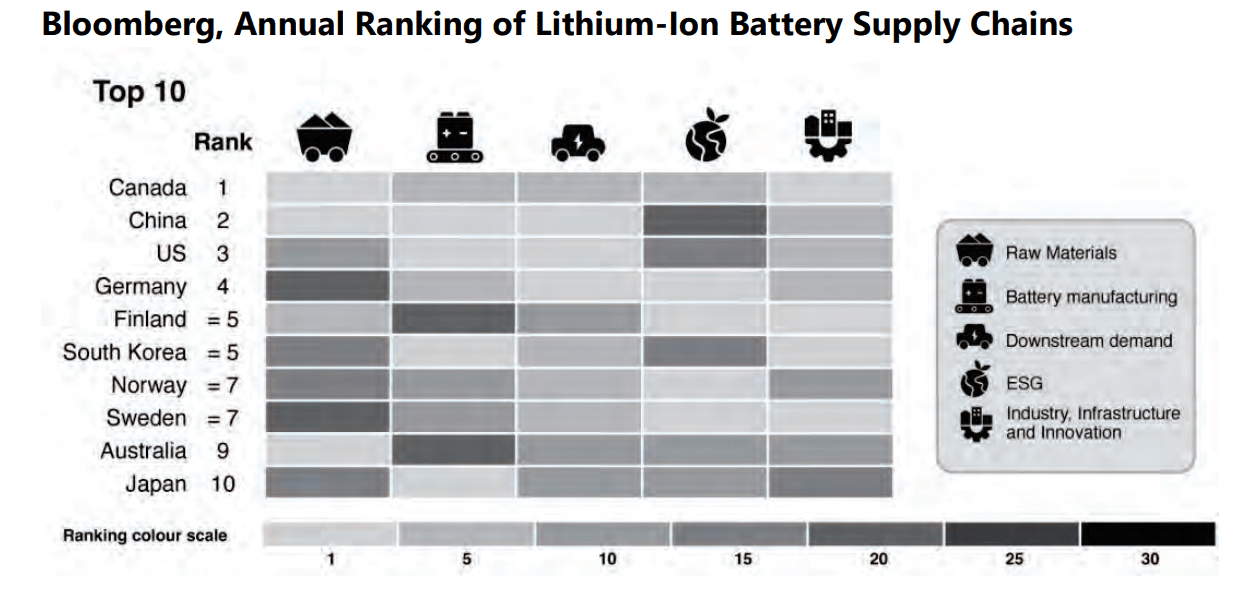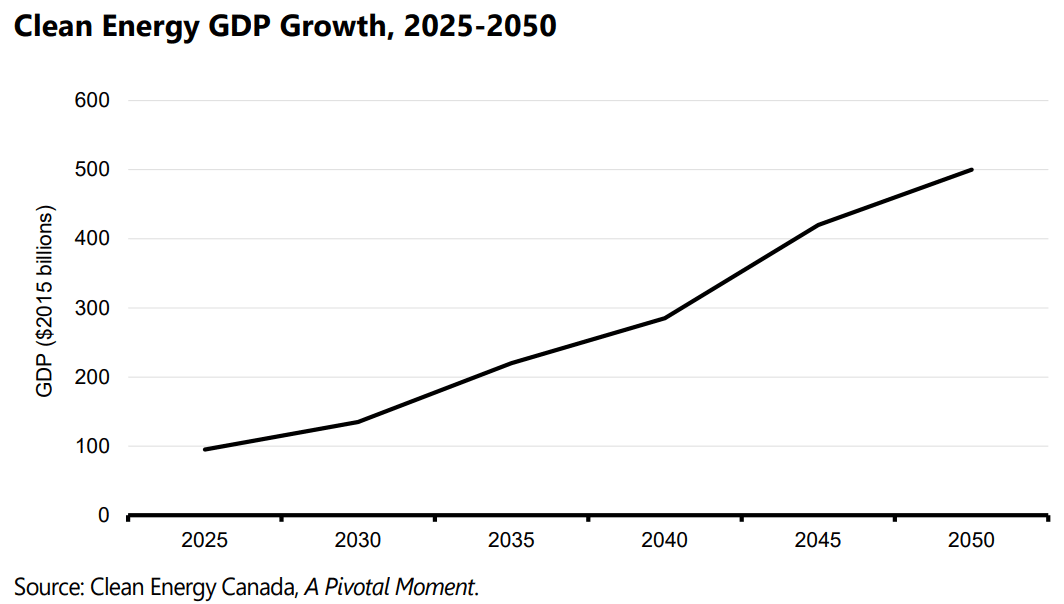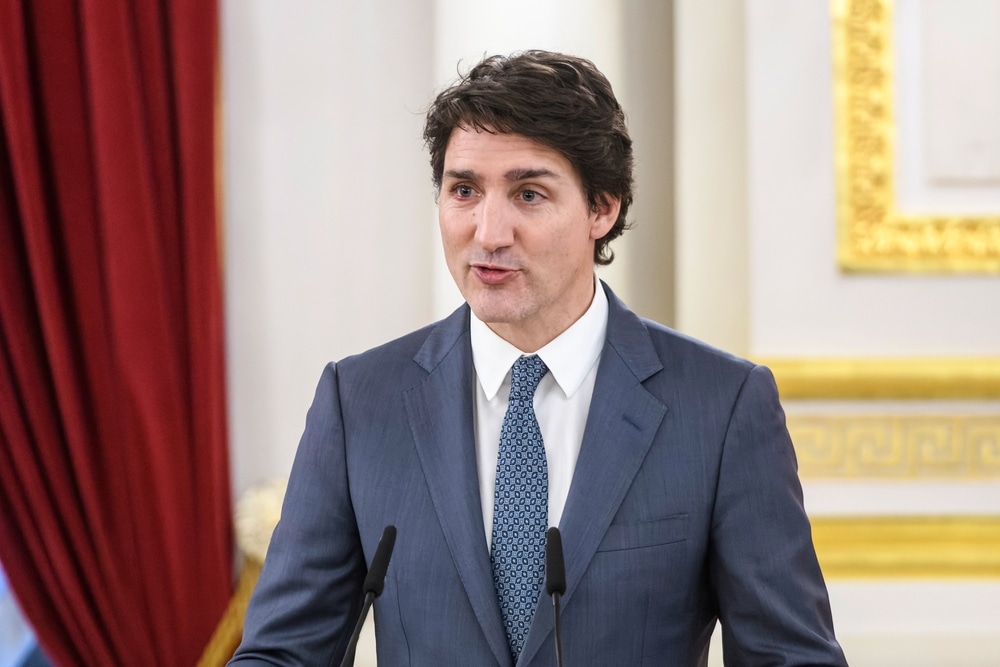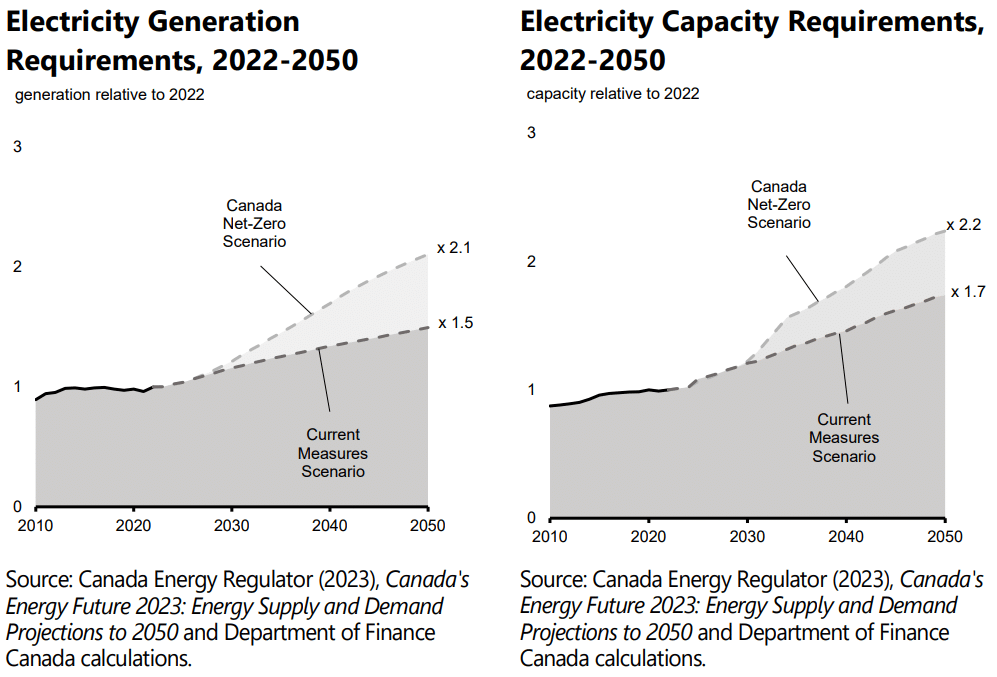In the global race for investment and innovation to reach net zero, Canada has positioned itself at the forefront, leveraging its abundant resources and progressive policies to attract capital and drive sustainable growth.
The Canadian government’s announcement of a net zero economic plan, backed by an investment of over $160 billion, marks a significant milestone in the country’s commitment to combatting climate change.
At the heart of this plan are major economic investment tax credits totaling $93 billion by 2034-35. These incentives stimulate private investment, fostering Canadian leadership in clean energy and innovation while generating economic growth and high-quality jobs.
Canada Pioneers Net Zero Investment and Innovation
Investors, both domestic and international, are taking notice of Canada’s strategic vision. Despite global economic challenges, public markets and private equity capital flows into Canada’s net zero economy reached $14 billion in 2023. This is a testament to the effectiveness of Canada’s investments in driving sustainable business growth and job creation.
One area where Canada has particularly excelled is in the development of electric vehicle (EV) battery supply chains. BloombergNEF ranked Canada first in the world for attractiveness in building EV battery supply chains, surpassing even China.

This achievement underscores Canada’s advantages, including abundant clean energy, high labor standards, and robust engagement with Indigenous communities. By capitalizing on these strengths, Canada creates high-skilled, well-paying jobs, from resource workers mining critical minerals to technicians assembling EV batteries.
Canada’s commitment to clean energy extends beyond EVs, encompassing a broad spectrum of clean technologies and industries. The government’s investments aim to unlock the full potential of Canadian clean technology firms, facilitating their growth and global competitiveness.
Already, Canada boasts 12 companies on the Cleantech Group’s list of the 100 most innovative global clean technology companies, a testament to the country’s prowess in driving sustainable innovation.
By 2050, Canada’s clean energy GDP has the potential to increase dramatically, possibly growing fivefold to reach $500 billion. This growth trajectory aligns with Canada’s commitment to achieving net zero emissions by 2050. It shows that prioritizing climate action is synonymous with fostering economic prosperity.

Canada’s Blueprint for EV Dominance
Key ongoing actions outlined in the Canada 2024 budget include the following:
- Delivering major economic investment tax credits,
- Catalyzing private investment through the Canada Growth Fund,
- Building clean electricity infrastructure, and
- Securing Canada’s position as a global supplier of critical minerals.
These initiatives are essential for propelling Canada towards its net zero target by 2050 while fostering economic resilience and competitiveness.
A highlight of the budget is the introduction of a new Electric Vehicle Supply Chain investment tax credit, aimed at bolstering Canada’s position as an EV manufacturing hub. This 10% tax credit on the cost of buildings used in key segments of the EV supply chain incentivizes businesses to invest in Canada across EV assembly, battery production, and cathode active material production.
By supporting multiple stages of the manufacturing process, Canada aims to secure its role in the global EV supply chain.
To seize the investment opportunities of the global clean economy, Canada is also implementing six major economic investment tax credits.
The government’s proactive approach includes delivering tax credits for clean electricity projects, carbon capture initiatives, and investments in clean technology. These incentives are crucial for accelerating the transition to a low-carbon economy and reducing emissions across various sectors.
Here are the details of the tax credits:
- Carbon Capture, Utilization, and Storage Investment Tax Credit: Available as of January 1, 2022.
- Clean Technology Investment Tax Credit: Available as of March 28, 2023.
- Clean Hydrogen Investment Tax Credit: To be introduced soon.
- Clean Technology Manufacturing Investment Tax Credit: To be introduced soon.
- Clean Electricity Investment Tax Credit: Already introduced, with expansions planned.
- Electric Vehicle (EV) Supply Chain Investment Tax Credit: To be introduced soon.
Of these, the Clean Electricity Investment Tax Credit is particularly significant. It aims to support the growth of Canada’s electricity capacity to meet the increased demand expected by 2050.
Clean Electricity Tax Credits Spark Economic Growth
Canada already boasts one of the cleanest electricity grids globally, with 84% of electricity generated from non-emitting sources. However, significant investments are required in other regions to ensure clean, reliable electricity grids nationwide.
The federal government is committed to supporting provinces and territories in making these investments.
The Clean Electricity Investment Tax Credit offers a 15% refundable tax credit rate for eligible investments in new equipment or refurbishments related to low-emitting electricity generation systems, stationary electricity storage systems, and transmission infrastructure. It is available to both taxable and non-taxable corporations, including those owned by municipalities or Indigenous communities.
The tax credit is expected to cost $7.2 billion over 5 years starting in 2024-25, with additional expenditures projected in the following years.
As Canada charts its course towards a clean economy and net zero future, the 2024 budget stands as a testament to the country’s resolve and ambition. By leveraging its natural resources, skilled workforce, and progressive policies, Canada is not only embracing the challenge of climate change but also seizing the economic opportunities inherent in sustainability.


